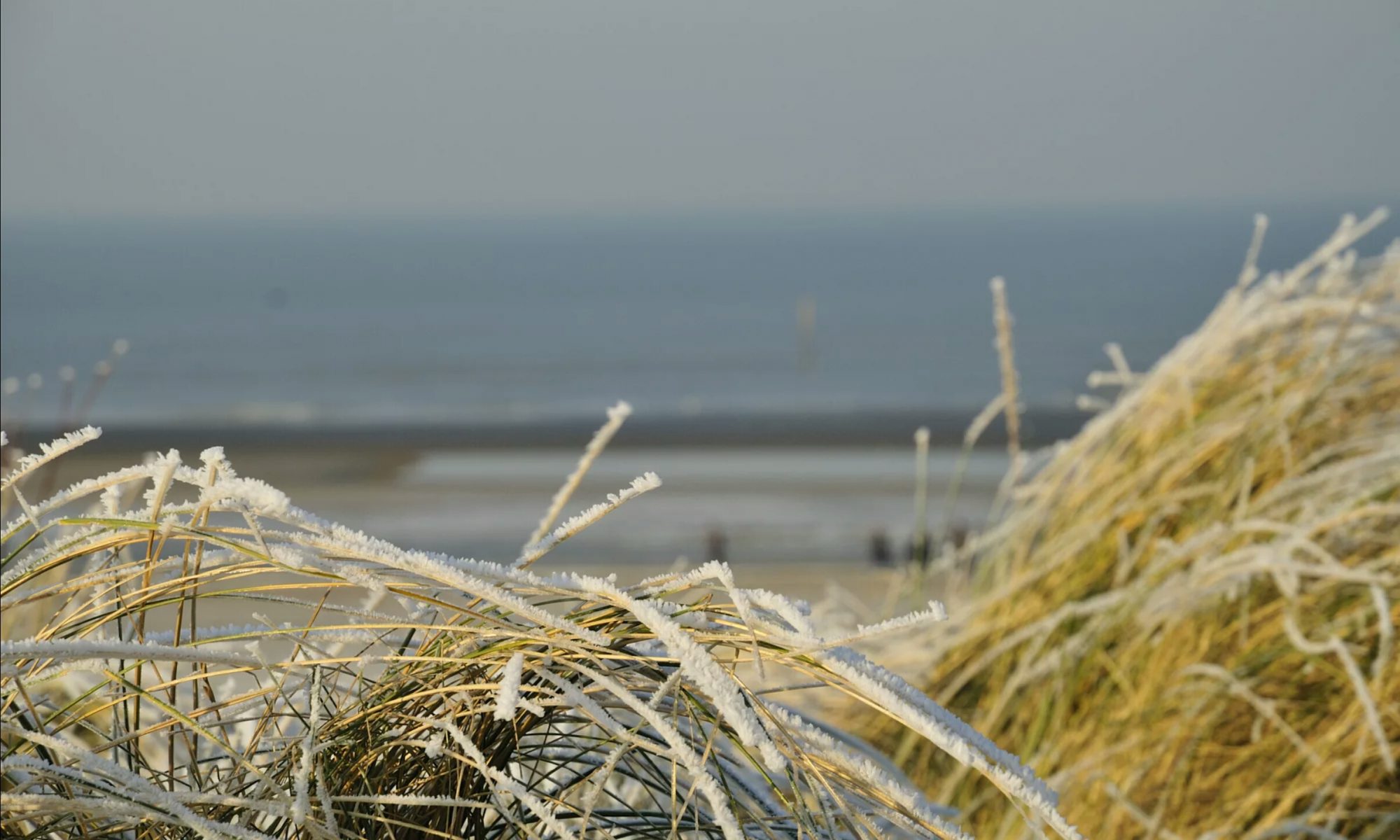Many have taken pictures in dark conditions. Photographing light shows and fireworks are as simple as pushing the button on the camera. Most cameras support automatic settings for night photography. So far so good. Until one zooms into detail….
A mix of visible colored pixels appears in dark areas or in shadow areas. In the photographic world this is called noise. It can ruin a picture but not always as explained further on. In some cases it can be eliminated by post processing. Each picture contains noise, the higher the iso value or cheaper the camera, the more noise will be visible.
All cameras contain software to reduce the amount of noise. Of course, high end camera’s contain more sophisticated algorithms to reduce noise. Photographers have a major role in reducing noise but that’s for later.
The heart of the camera is the sensor. It will capture light every time the shutter is pushed. A sensor is a million bunch of pixels. Each pixel contains four units. One unit is sensitive to red light, one for blue light and two units for green light (the double green unit explains why red and green colors are tough to capture). The amount of light reaching the sensor will trigger these tiny little units. It is obvious that green will trigger the green units more than the red units and vice versa. That’s how colors are made. The processor in your camera will calculate the RGB value for each pixel. Let’s get back to the noise…
One can easily understand, the less light captured on a pixel, the more difficult it will be for the processor to calculate the exact RGB value. When a few pixels receive the same amount of light there will be differences in the RGB values. All those differences are the base for noise. By zooming in on a picture one will see differences between adjacent pixels in the same area of color.
How to avoid noise in photography? The easiest way is to take pictures in broad daylight. Obvious isn’t it? No kiddin’, In some cases one will take a picture during a concert, a romantic candlelight dinner or an evening city walk. These kinds of pictures will all have a high iso value and a low aperture value, resulting in unsharp pictures with a minimal field of depth.
The easiest way to avoid noise is to shoot at low iso, high aperture number and an extended shutter time, supposing the subject won’t move of course… Put the camera in the M modus and don’t forget the tripod or put the camera on a rock or place it on the ground. One needs more than one shot to reach a satisfying result.
Another and better technique used by many pro’s is the ETTR or “expose to the right”. The picture is taken with overexposure, no more than 1.5 stops. Shadow parts will have the right exposure and need no further correction. The overexposed picture will be darkened in post processing and will keep splendid details. Darken a bright picture decreases noise, lightening a dark one will create it .
Although photographers hate it, noise can bring an artistic item to a picture. Remember analog black and white photographs from years ago. The grain in some pictures raises the artistic level. It is up to the photographer to avoid noise or to include it.

